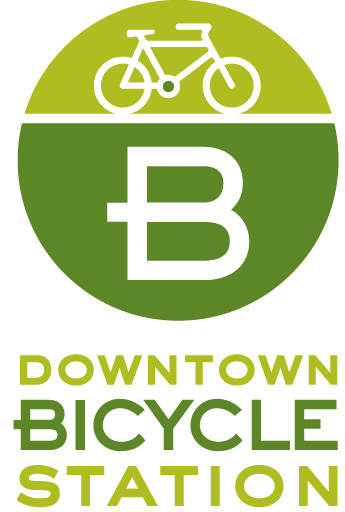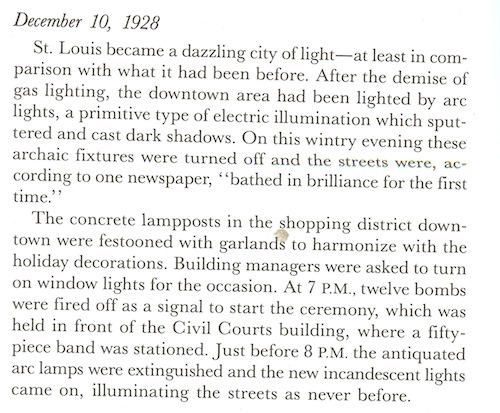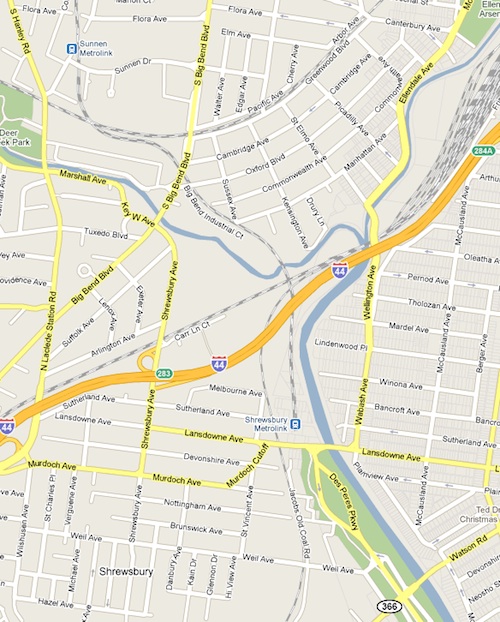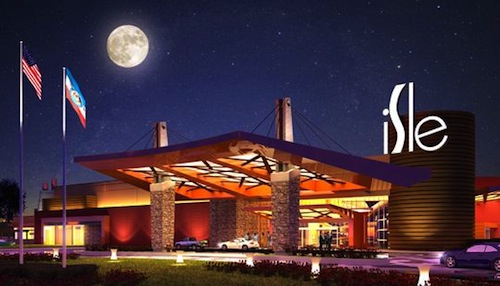Poll: Your Thoughts On The Latest Ballpark Village Announcement?

On Friday December 3, 2010 some new news about the stalled Ballpark Village project was announced:
“Cardinals President Bill DeWitt III said Friday that the long-awaited, $800 million Ballpark Village development has tenant agreements and private financing.
The first phase of the project, slated for two blocks that face the ballpark at a cost of $150 million, will have a new office tower and retail space.
St. Louis-based Stifel Financial Corp. has indicated it wants to take at least 175,000 square feet of office space at Ballpark Village. The financial services firm is currently based at 501 N. Broadway, and signed a three-year renewal on its lease there last year as Ballpark Village faced delays.” Â Full Story
I’m personally glad to see they’ve decided to phase the project, rather than do it all at once. Â A year ago I wrote:
As originally outlined, the project was to have nearly 800,000 total square feet and a total cost of $387 million. The site between the garages was once again going to have Elm, thus being divided into six blocks. That works out to $64.5 million per block – a substantial sum to raise. The Cardinals and developer Cordish should abandon the mega project methodology by 1) creating the through street grid to form the six blocks 2) subdivide each of the six blocks into 3-10 parcels of land to be developed by them and/or sold to qualified buyers for them to build on the land. Deed restrictions would not allow surface parking and would require minimum building heights (3-15 floors depending upon parcel). Each block should have a minimum of two buildings. Blank walls should be forbidden while numerous doors and windows required/encouraged.
As part of the site’s infrastructure, internal parking structures may be required to meet the total future need. Streets, sidewalks and parking are built first and future buildings would surround the parking structures eventually. With six blocks it would probably have 3-6 garages, ideally partially underground. These garages could be built out in phases as lots are sold.
Other developers and investors could build within the site. Say one group can finance $30 million for a single building, that is one more toward the goal. Piece by piece the area would fill in.
Their phasing is different than I outlined but it still starts the ball rolling. Â It also means we must watch how often their hand is out for tax incentives on top of those they already got for the stadium deal.
The poll this week asks your thoughts on the recent announcement. Â The poll is in the upper right corner of the site.
– Steve Patterson



